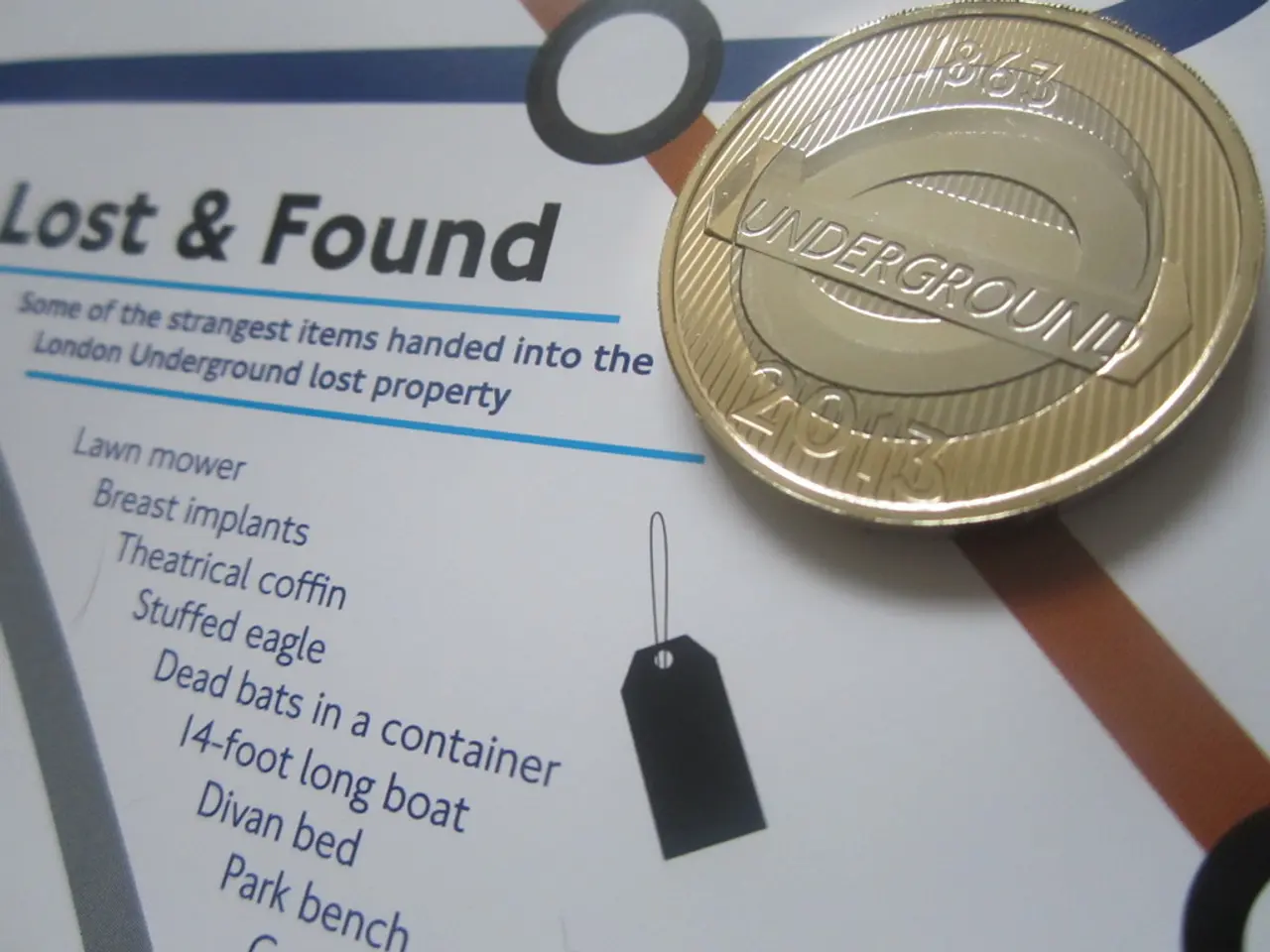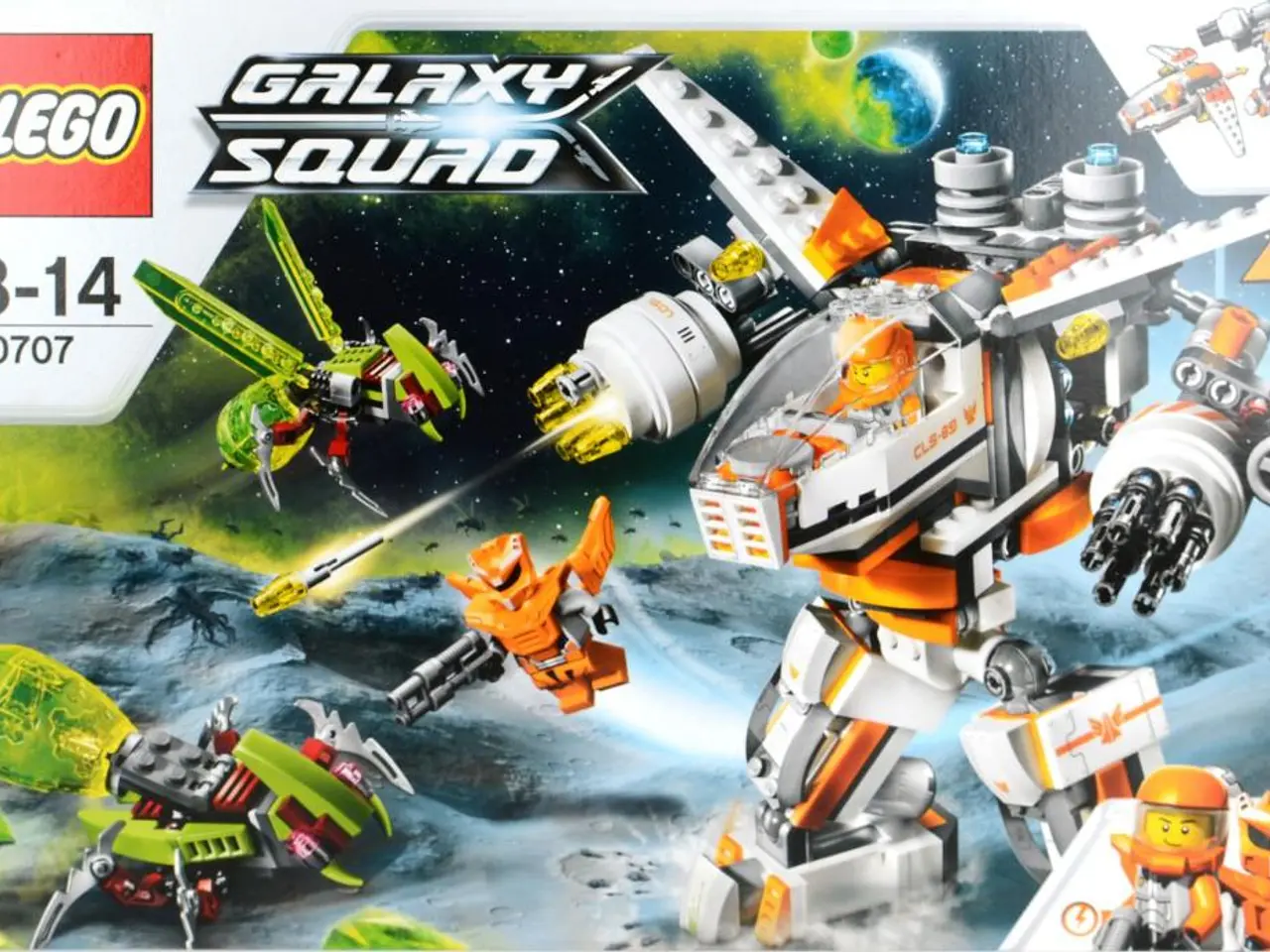Evolution Timeline of the Windows Operating System
Microsoft Windows, a graphical user interface (GUI) extension to MS-DOS, has evolved significantly since its inception in the early 1980s. Originally conceived as "Interface Manager" in 1981, Windows was later renamed and released as Windows 1.0 in 1985.
Origins and Early Versions (1985-1990s)
The first version of Windows introduced users to elements like drop-down menus, icons, and multitasking applications, though it was not a complete OS by itself. It had programs like Paint, Notepad, and a game called Reversi. Windows 2.0 followed in 1987, adding overlapping and resizable windows, enhanced keyboard shortcuts, and support for VGA graphics. Early versions also saw the debut of Windows versions of Microsoft Word and Excel. Windows 3.0, released in the early 1990s, improved the GUI and performance significantly, boosting Windows' popularity.
Transition to True Operating Systems (1990s)
With Windows 3.x and later releases, Windows began to stand as more independent from MS-DOS, although still often relying on it. Windows 95 (1995) marked a major leap, introducing features like the Start menu and taskbar, and a new 32-bit kernel for better multitasking and hardware support. It was a commercial success, establishing Windows as the dominant PC OS for consumers. Windows 98 and Windows ME followed with incremental improvements mainly focused on hardware and multimedia.
NT Line and Unified Systems (2000s)
Parallel to consumer-oriented Windows, Microsoft developed the Windows NT line—starting in the early 1990s—for business and professional users, focusing on a more robust and secure kernel architecture. In 2001, Windows XP unified the consumer and business branches under one code base (NT kernel), offering improved interface, memory management, and stability. It became highly successful and long-lived. Windows Vista (2006) attempted a more modern, secure OS but was criticized for performance issues. Consequently, Windows 7 (2009) improved speed, usability, and resource needs, regaining user favor quickly.
Modern and Current Windows (2010s-Present)
Windows 8 (2012) introduced a tile-based Start screen optimised for touch interfaces and cross-device sync of settings but was met with mixed reactions. Windows 10 (2015) brought back the traditional Start menu, introduced Cortana digital assistant, and replaced Internet Explorer with Microsoft Edge browser. Microsoft declared Windows 10 as the "last" version of Windows in terms of large-scale releases, planning continuous updates instead of version jumps. Windows 11 followed, focusing on a refreshed interface and new features, continuing the evolution of the OS.
Throughout its history, Microsoft Windows has undergone numerous transformations, from a simple graphical shell over DOS to a versatile, widely used operating system powering a large portion of personal computers worldwide. It continually adapts to new hardware, user interface paradigms, and computing needs.
JavaScript can be used to create faster, more responsive user interfaces in modern versions of Windows, making applications more memory-efficient. The evolution of technology has allowed Windows to seamlessly integrate JavaScript, enabling developers to create dynamic and interactive experiences for users.
In the early 1990s, Microsoft Word and Excel made their debut on Windows, transforming the productivity landscape, demonstrating how technological advancements have influenced the way we work and manage our time.




